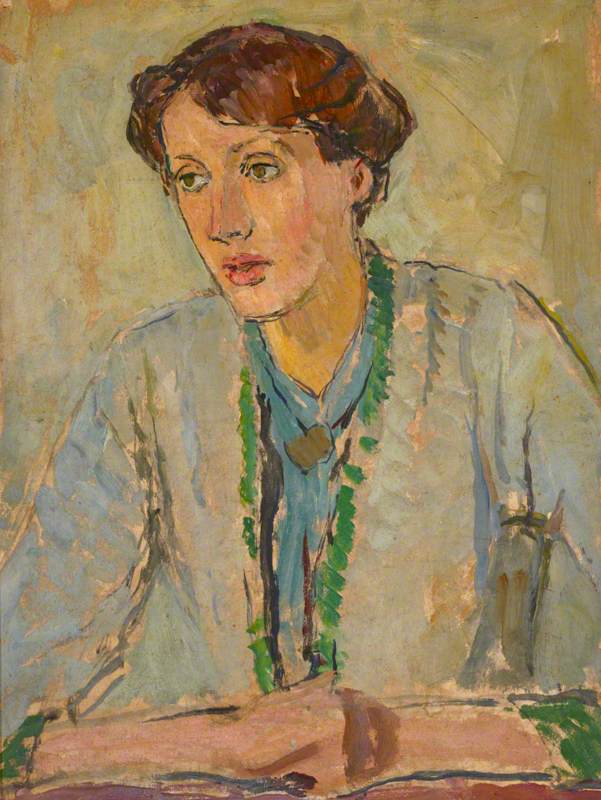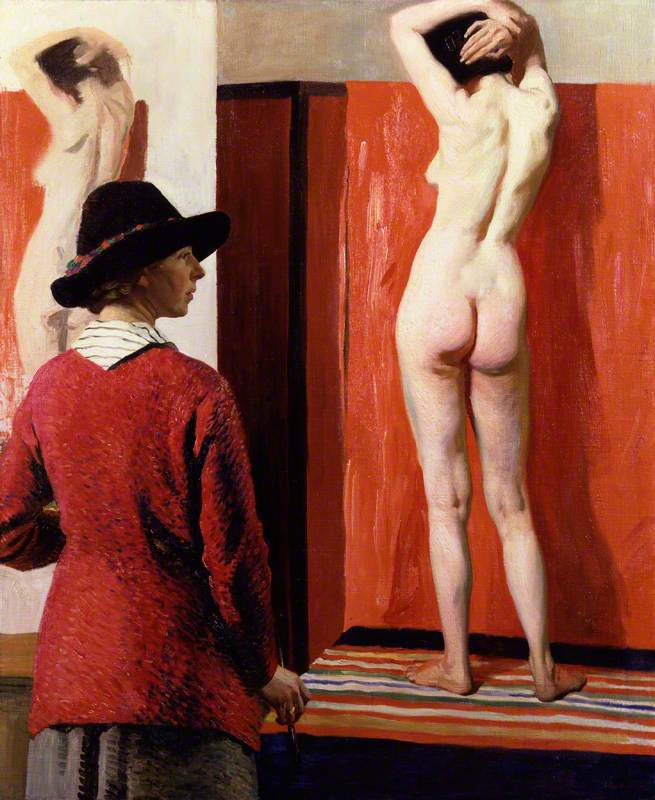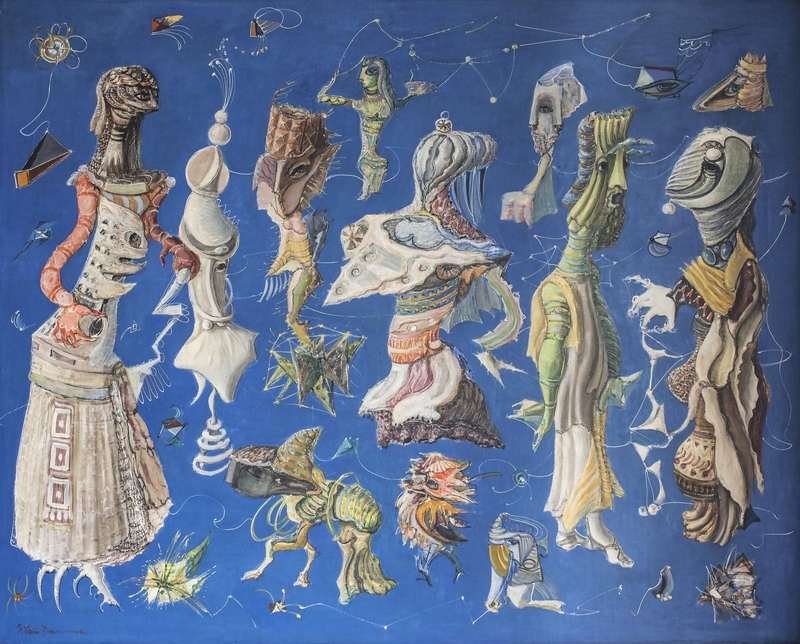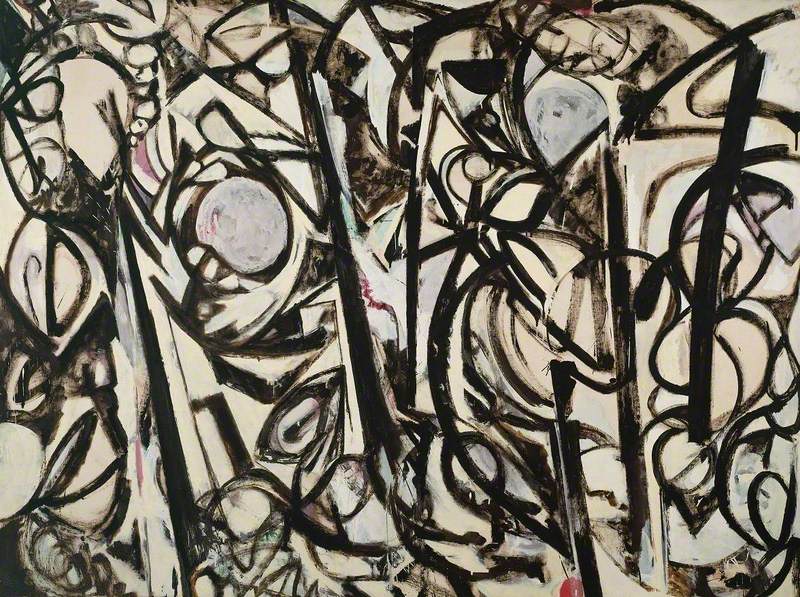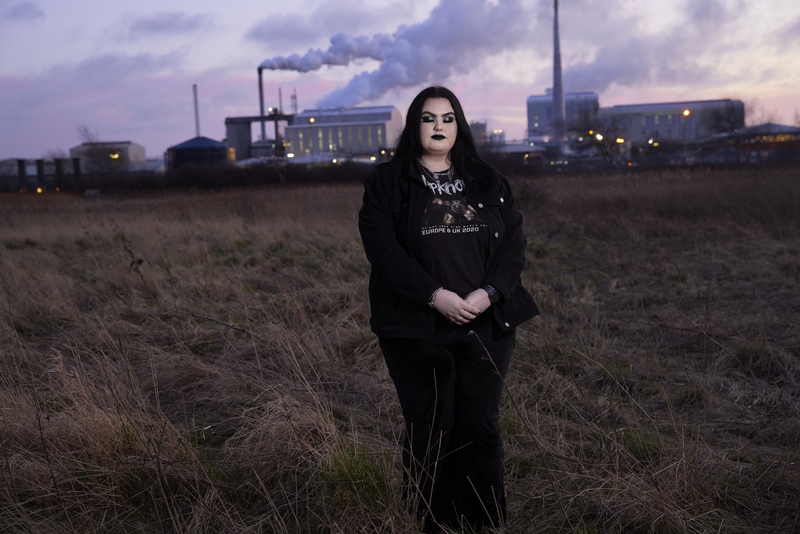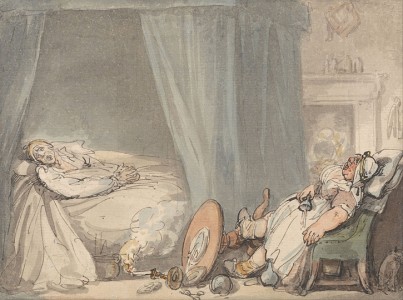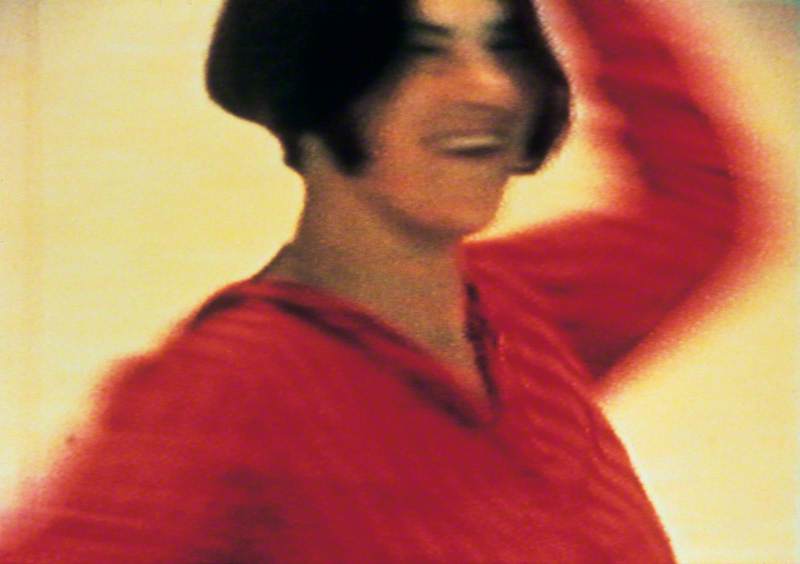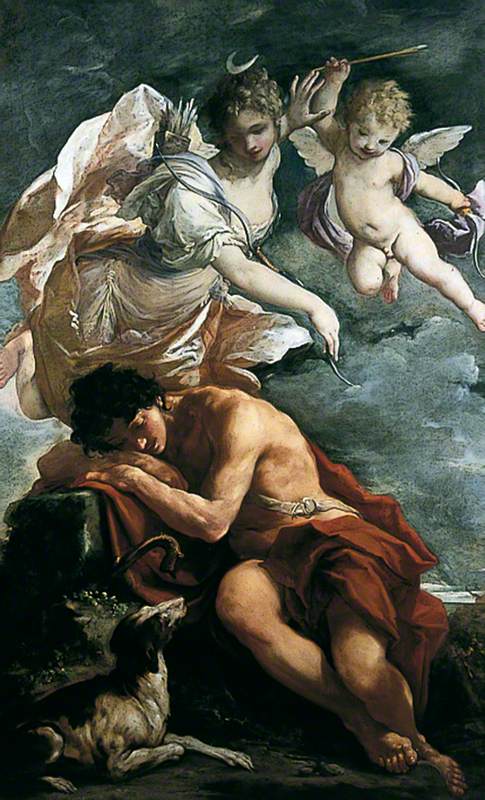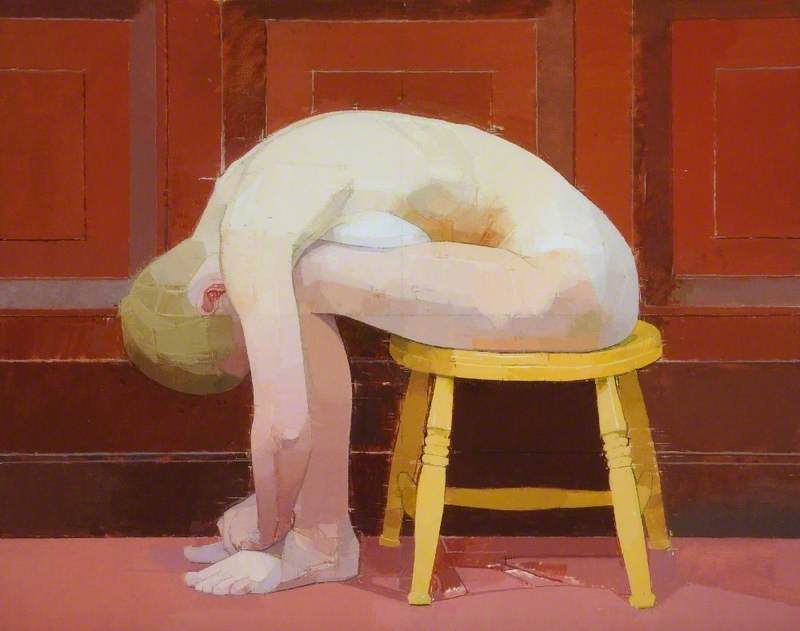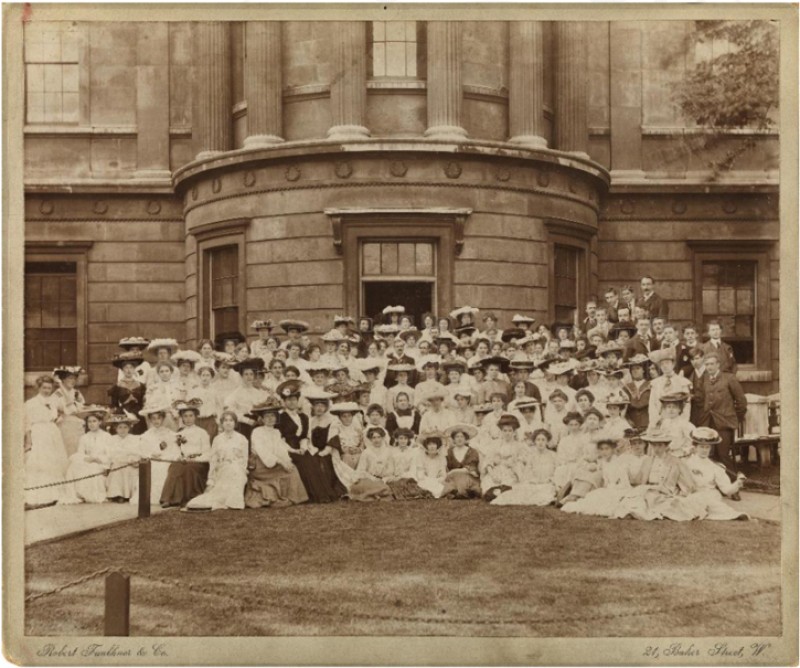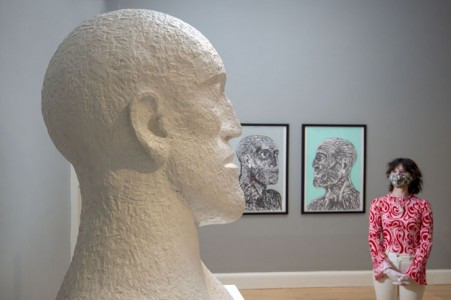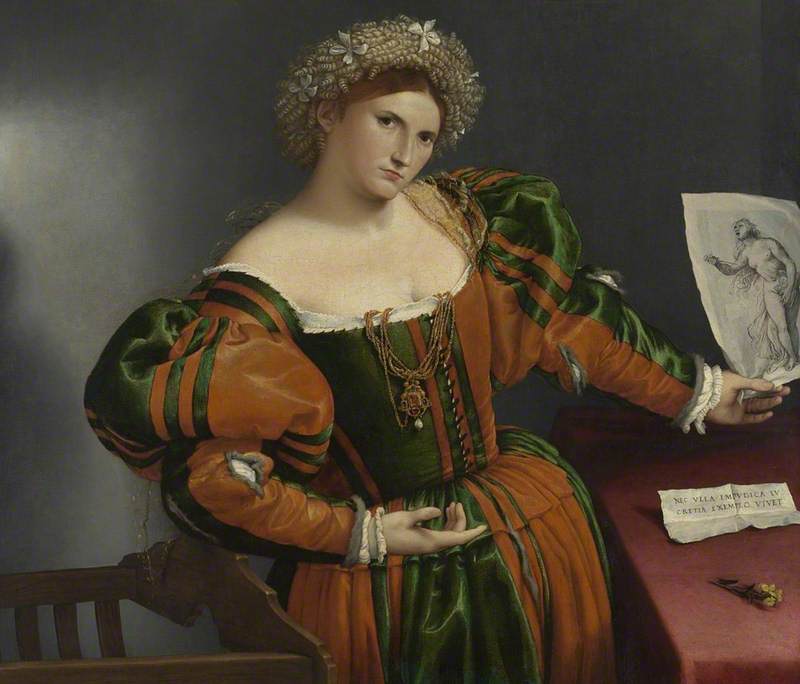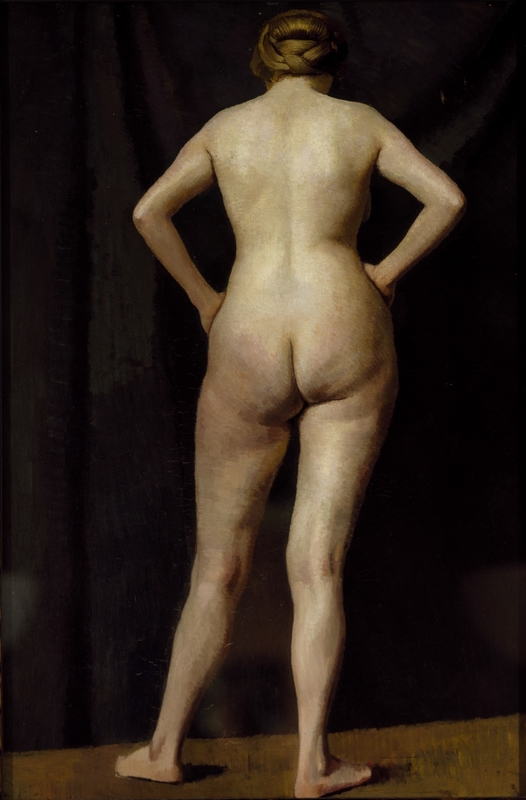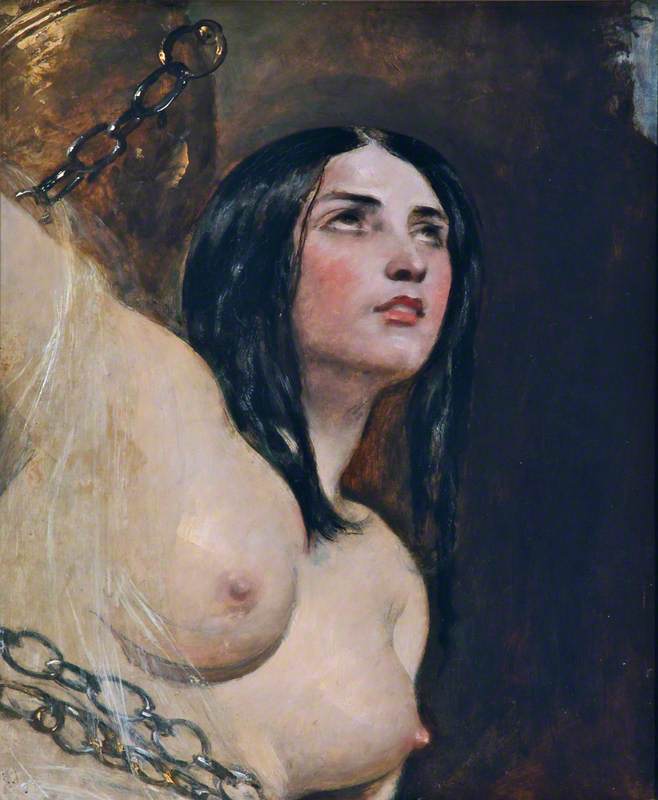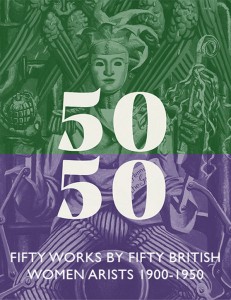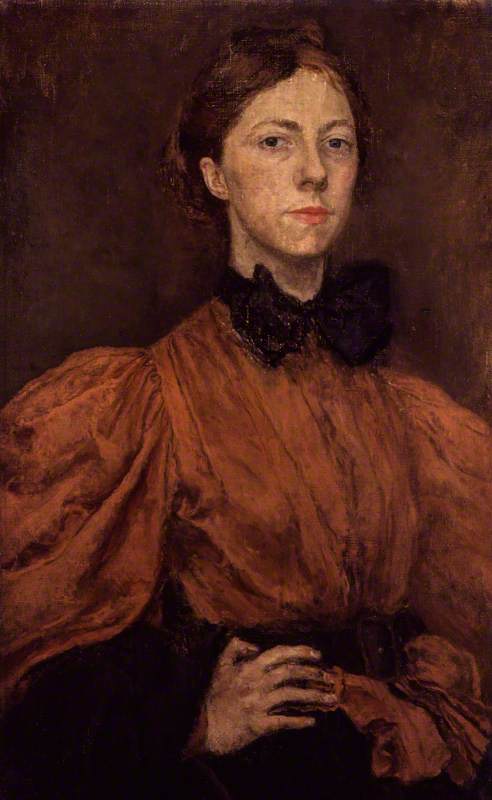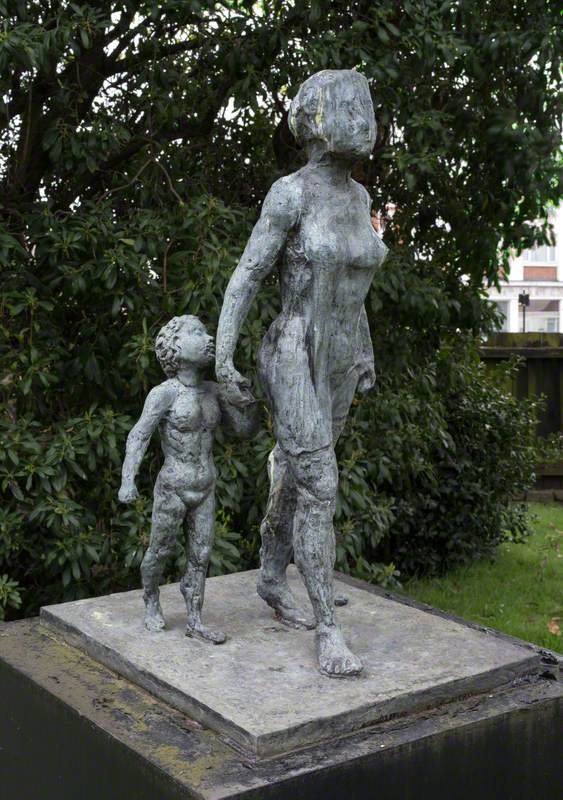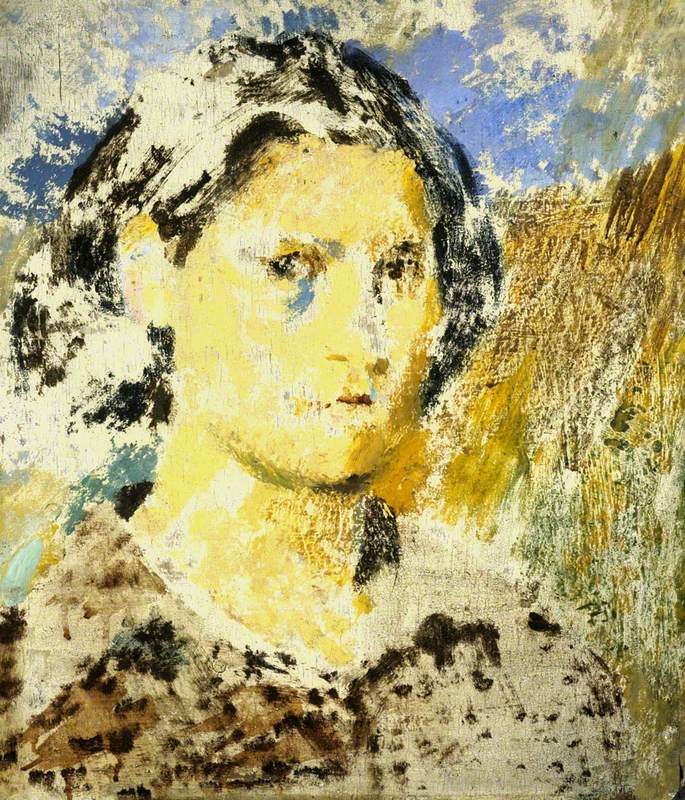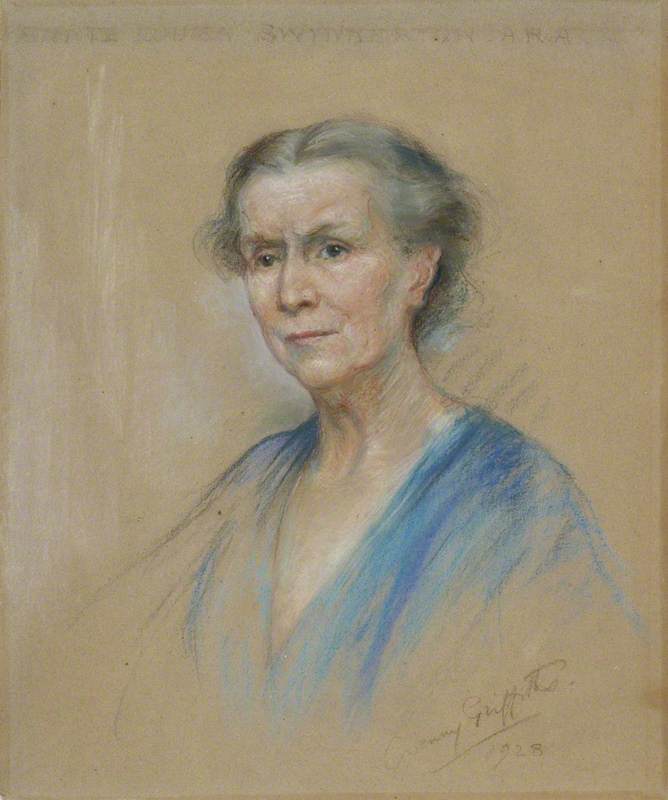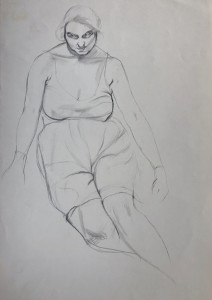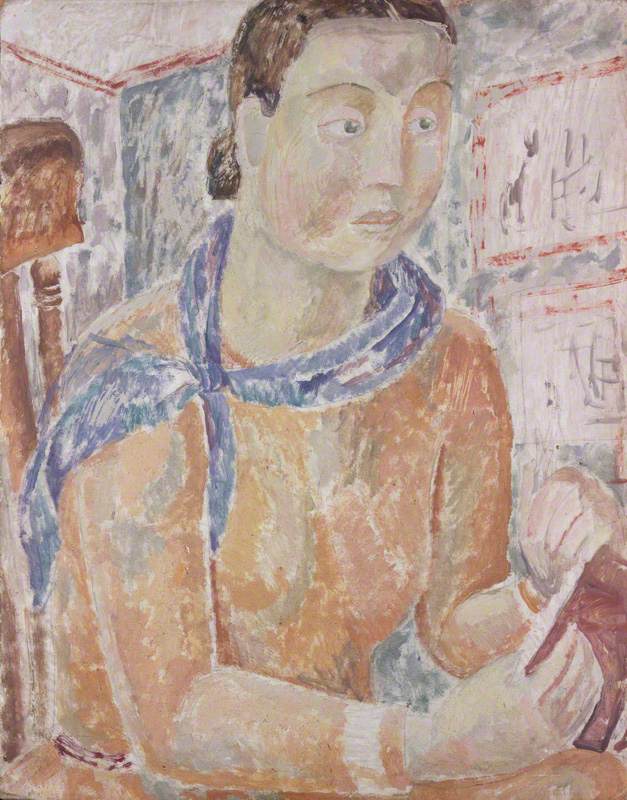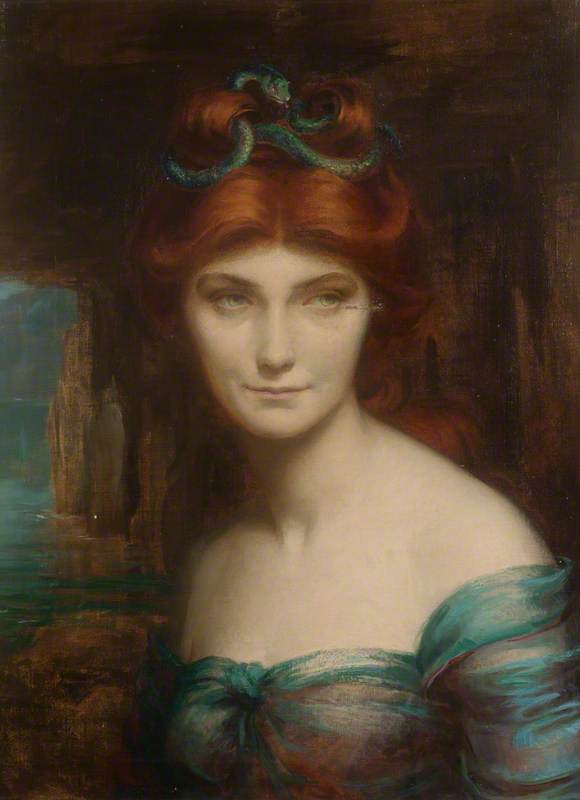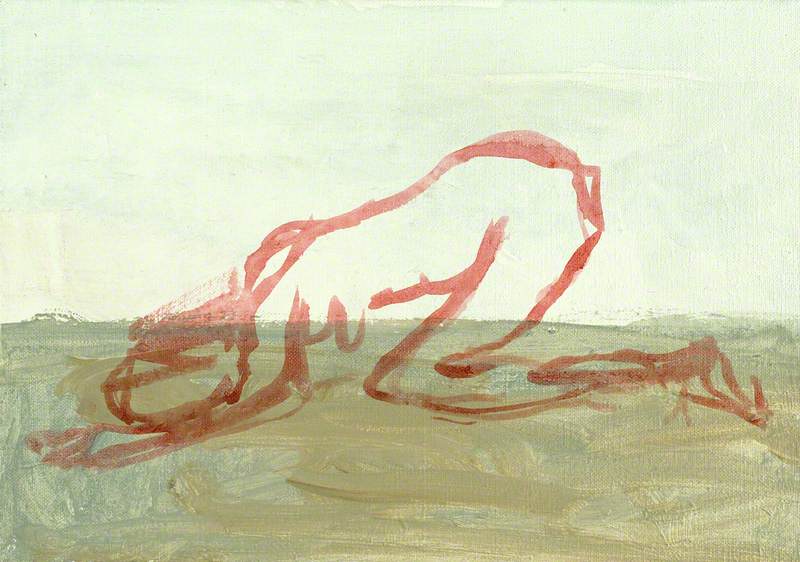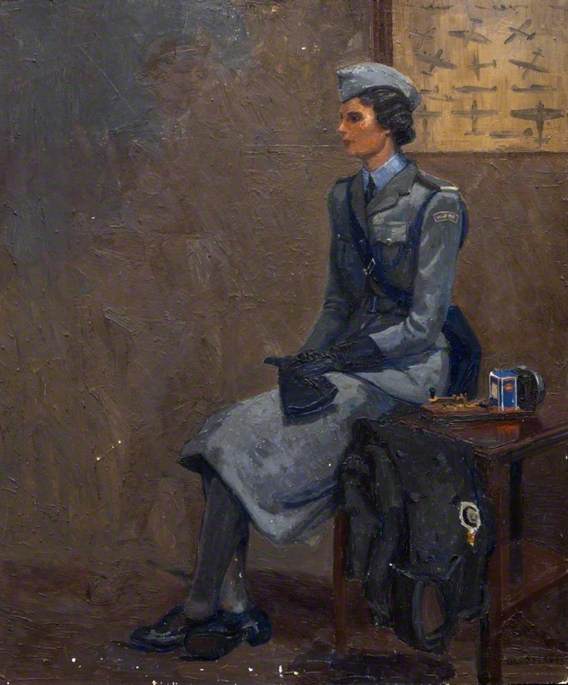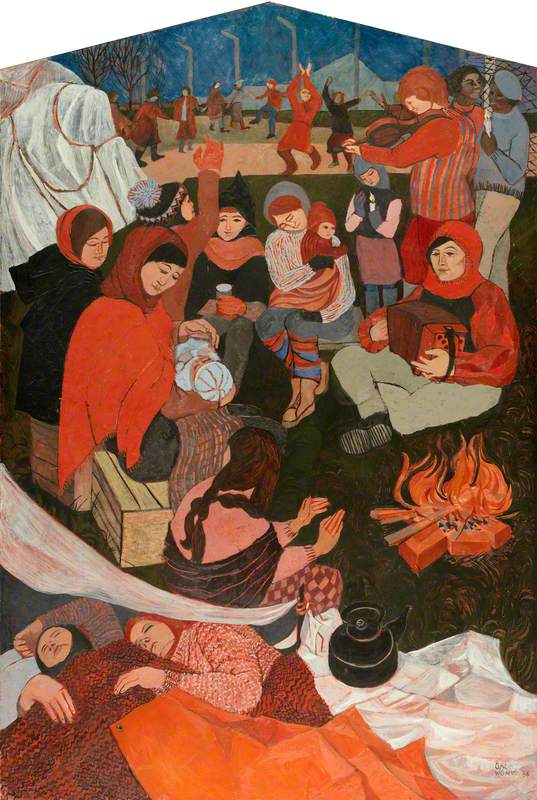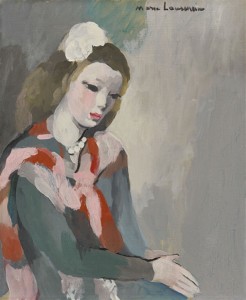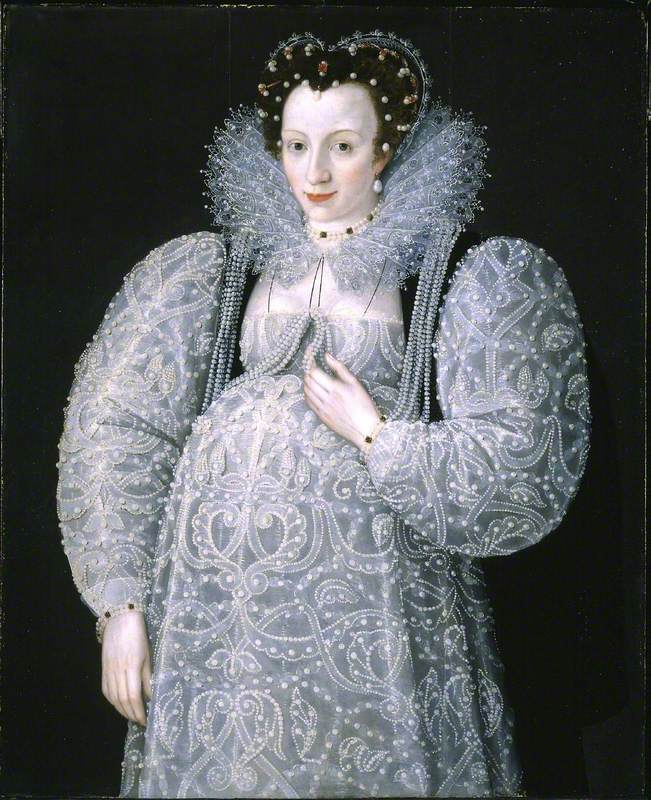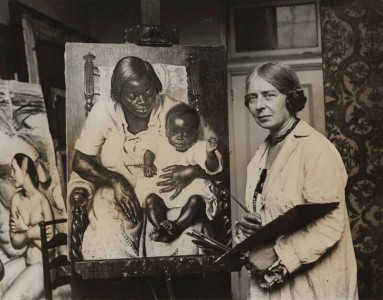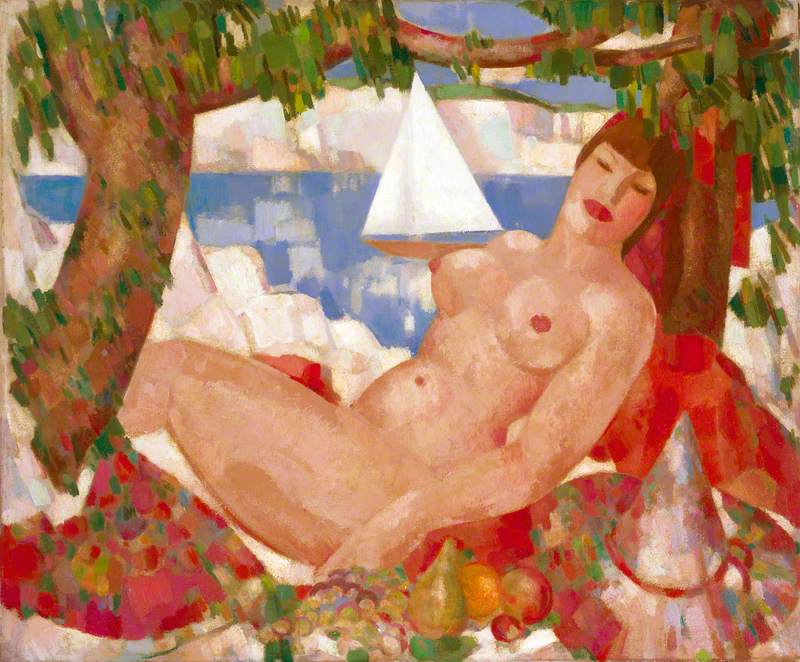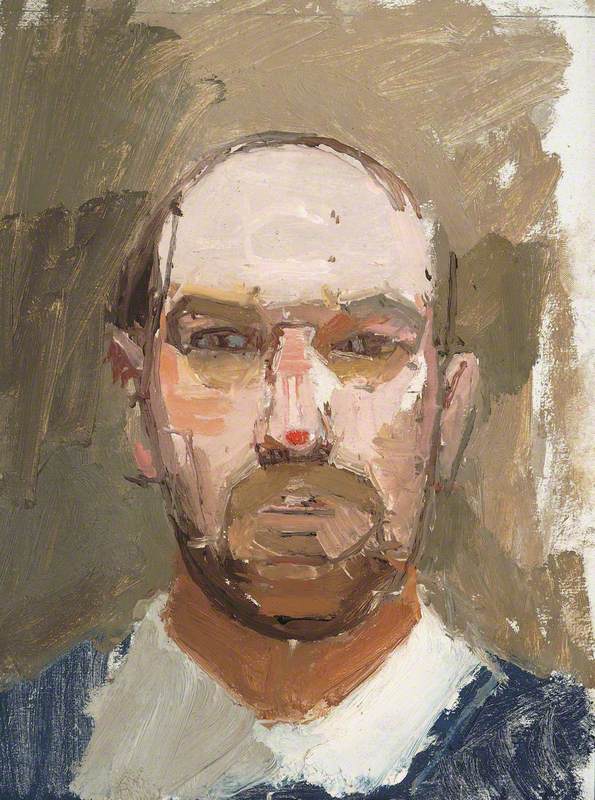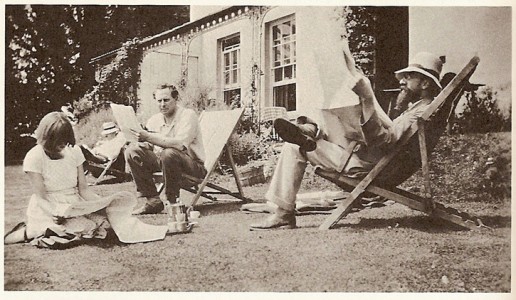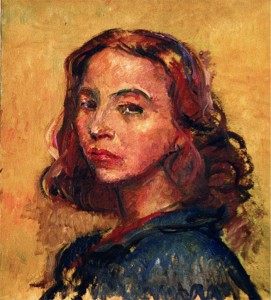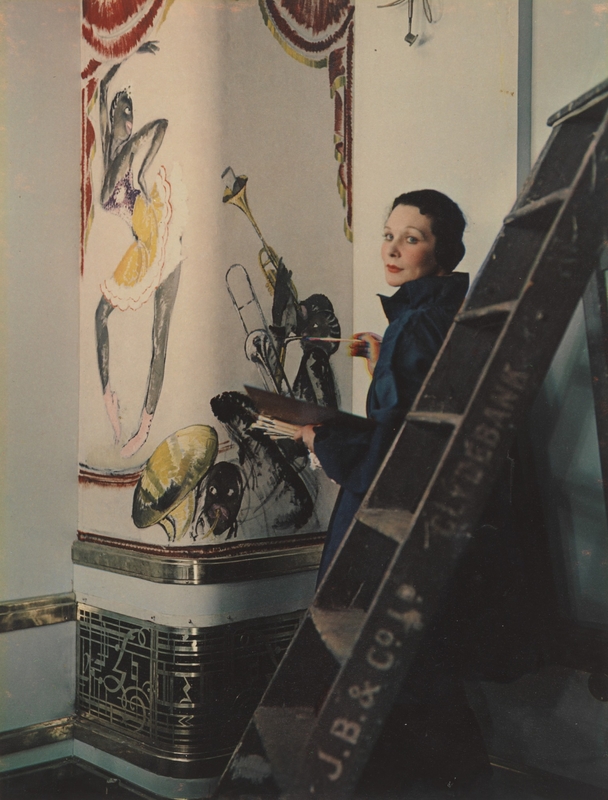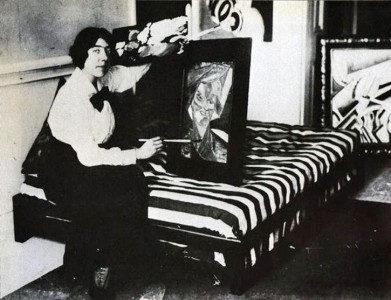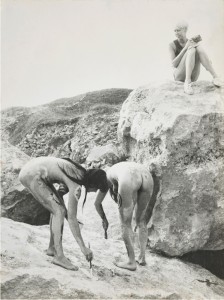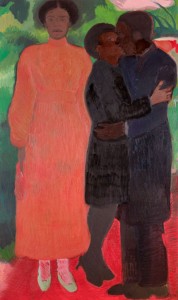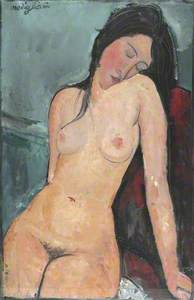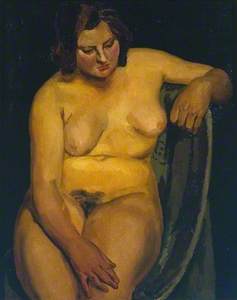Venetia Berry is a contemporary artist who paints the female nude figure in abstraction. She was the guest for our podcast episode discussing Virginia Woolf's influence on women artists.
When discussing the female nude, we often reflect on the age-old male gaze and consider whose eyes the artwork was made for.
However, how regularly do we question the artist? Are we able to differentiate the female nudes seen through a male artist's eye, in comparison to a female's? Is this purely a body they are painting, or is there a noticeable difference of energy between the male and female artists' paint stroke?
In order to look further into this questioning, I have chosen to analyse six works of female nudes, three by male artists, three by female: 'The Rokeby Venus' by Velázquez, Nude in a Black Armchair by Picasso, Female Nude by Modigliani, Nude in an Armchair by Joan Eardley, Study for 'Branded' by Jenny Saville and Nude by Vanessa Bell.
Plus que quelques heures pour découvrir ce magnifique "Nu au fauteuil noir" réalisé par #Picasso en mars 1932.
— Musée Picasso Paris (@MuseePicasso) February 10, 2018
Fin de l'#exposition : demain soir !#Picasso1932 #derniersjours pic.twitter.com/9gwcZb2lpp
When discussing the depiction of the female form, through a male artist's eye, the obvious thought is the sexualisation of the female nude. It is important to bear in mind that in the eras in which these artists were painting, life models infamously held relationships with the artists that painted them. So is it any surprise that male artists can be seen to sexualise the female nude in their work?
The nudes painted by Picasso, Modigliani and Velázquez each hold a sense of elongated elegance. Their smooth bodies lay back and, in my opinion, there is an overwhelming feeling that they are aware of being looked at.
It seems as if they have had their poses manufactured for them. Many artists can spend their lives painting the nude female form, however, no matter how much studying a male artist can do, he is not a female. In my opinion, this comes across in these male artists' works, as the female forms appear to be an object of admiration: they are painted on a pedestal.
The Toilet of Venus ('The Rokeby Venus')
1647-51
Diego Velázquez (1599–1660) 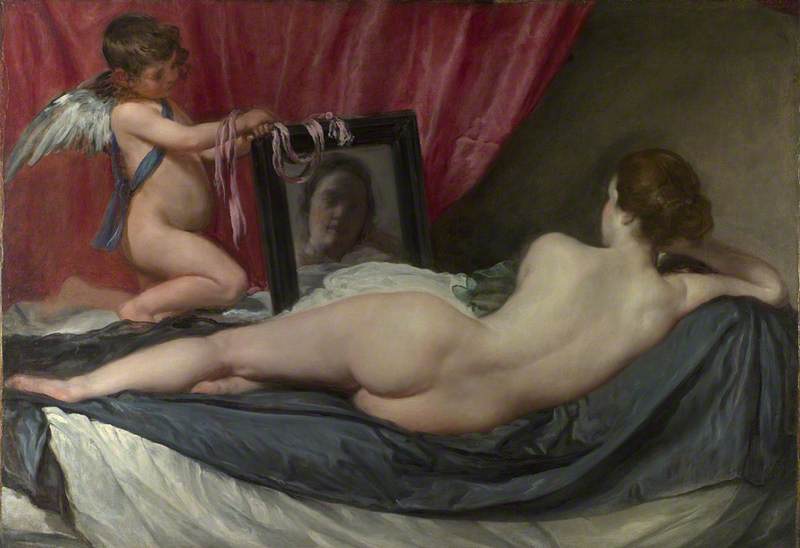
The male artists seem to have painted their female forms with a sense of curiosity, not necessarily knowledge. We must also
By contrast, it was immediately clear to me when looking at the female artists' female nudes, that these women have thoughts. Each woman seems unaware of the viewer's gaze, totally lost in the maze of her active mind. It was not until this became apparent that I realised that the male artists' nudes lacked these thoughts.
The male artists' figures appear to be purely posing, solely there to be looked at. In my opinion, the female artists' forms contain a greater deal of emotion and understanding of the female experience. They could all be self-portraits.
Study for 'Branded'
1982, oil on paper, 100.3 x 74.4 cm by Jenny Saville (b.1970). Purchased (Henry and Sula Walton Fund), 2017 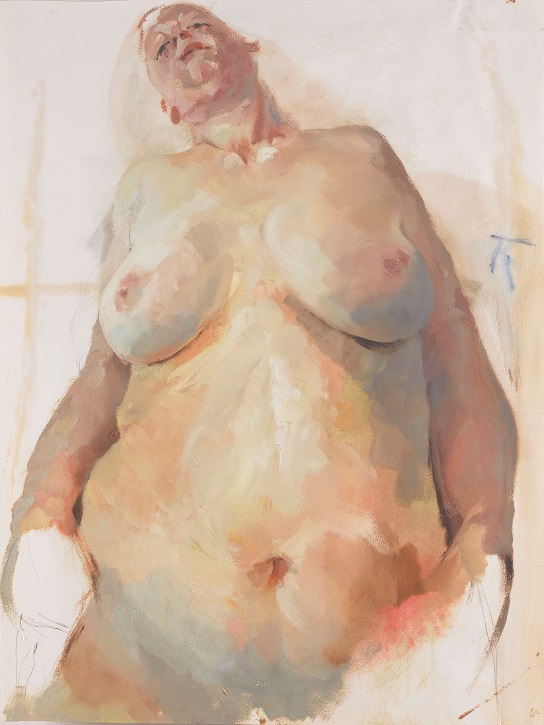
Saville's figure holds onto her bulging stomach conveying a sense of self-loathing. Eardley's figure, the only figure portrayed in a domestic scene, holds her head in her hands. As a viewer, one cannot help but feel a pang of sympathy.
Nude in an Armchair
drawing (black and red chalk on paper), 59 x 62 cm by Joan Kathleen Harding Eardley (1921–1963). Presented by the artist's sister, Mrs P. M. Black, 1987 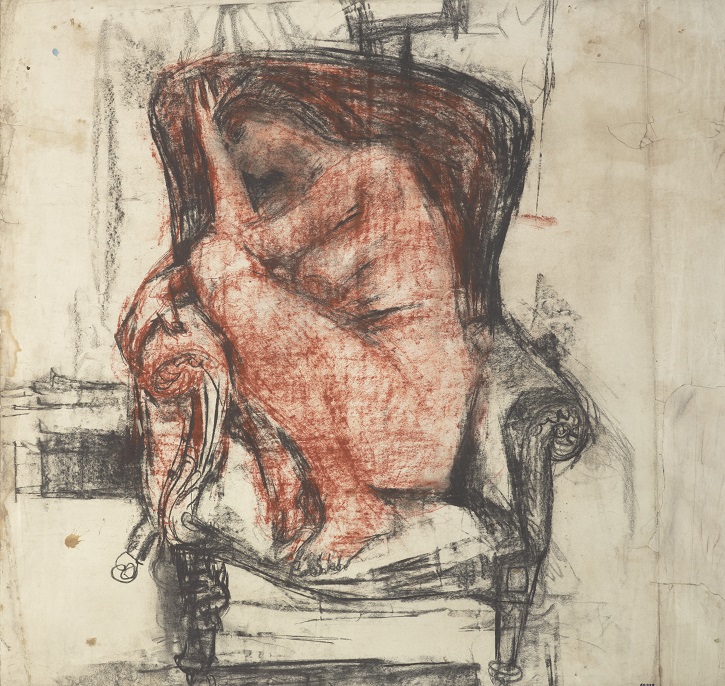
There is an air of solemnity and reflection in these works. They are unapologetic. There is no posing. There is no awareness. Bell's nude seems to be lost in contemplation, striking me that these female nudes reflect the realities of womanhood. Does this mean that the male artists' work reflects the expectation?
It is fascinating to me to acknowledge the ownership of the female body when it comes to female nudes. It is important to contemplate whether, once painted by a male or female artist, the ownership of the female body belongs to the artist, the viewer, or remains in possession of the nude herself.
Now, whenever I see a painting of a female nude that I don't recognise, I try to guess whether or not the artist was female or male. Believe it or not, my guess is usually correct, insinuating that one can tell if the female nude has been painted through the eyes of a female or male artist.
Artists often paint their viewpoint of the world, highlighting the comparison between the male artists' idealised and sexualised female and the female artists' nudes, which contain a far deeper emotional connection. I am interested in whether this energy can subliminally change the viewer's experience of a painting. As it is totally subjective we can never know, but I am sure when a male artist is painting a female nude today they have a lot more to answer for than female artists do.
Venetia Berry, artist
You can find Venetia on Instagram @venetiaberry or visit www.venetiaberry.com


.jpg)
